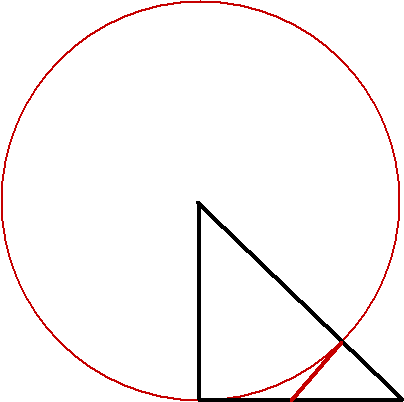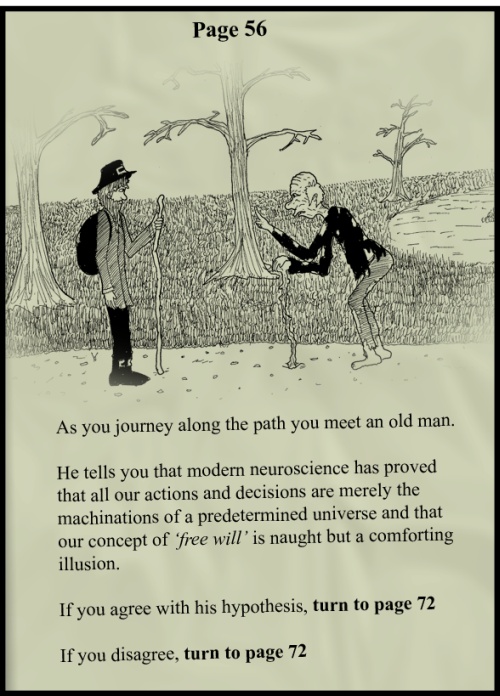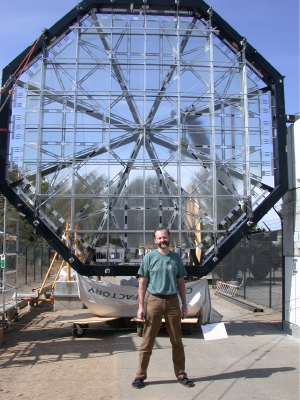My new book is now on sale! Readers of this blog will recognize some but not nearly all of these 100+ puzzles (146, actually, by my count). If you’ve enjoyed my puzzle posts, you’ll probably enjoy these extended discussions of some past puzzles, and the many more that are entirely new. Most of these puzzles are designed to teach important lessons about economics, broadly defined to encompass all purposeful human behavior. All of them are also designed to be fun.
Once you’ve had a look, please don’t hesitate to share your opinions right here on the blog — or better yet (especially if your opinions are positive!) don’t hesitate to share them on Amazon or on Goodreads.
Or, if you’d prefer to taste the milk before you buy the cow, here is the introduction, absolutely free of charge.
You can read a few advance reviews here. And remember, the more copies you buy, the sooner I’ll write the sequel.












